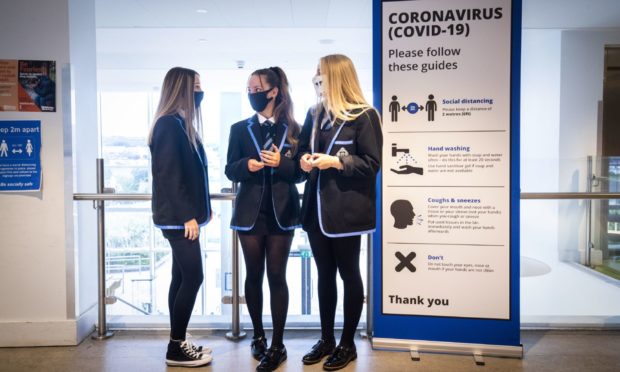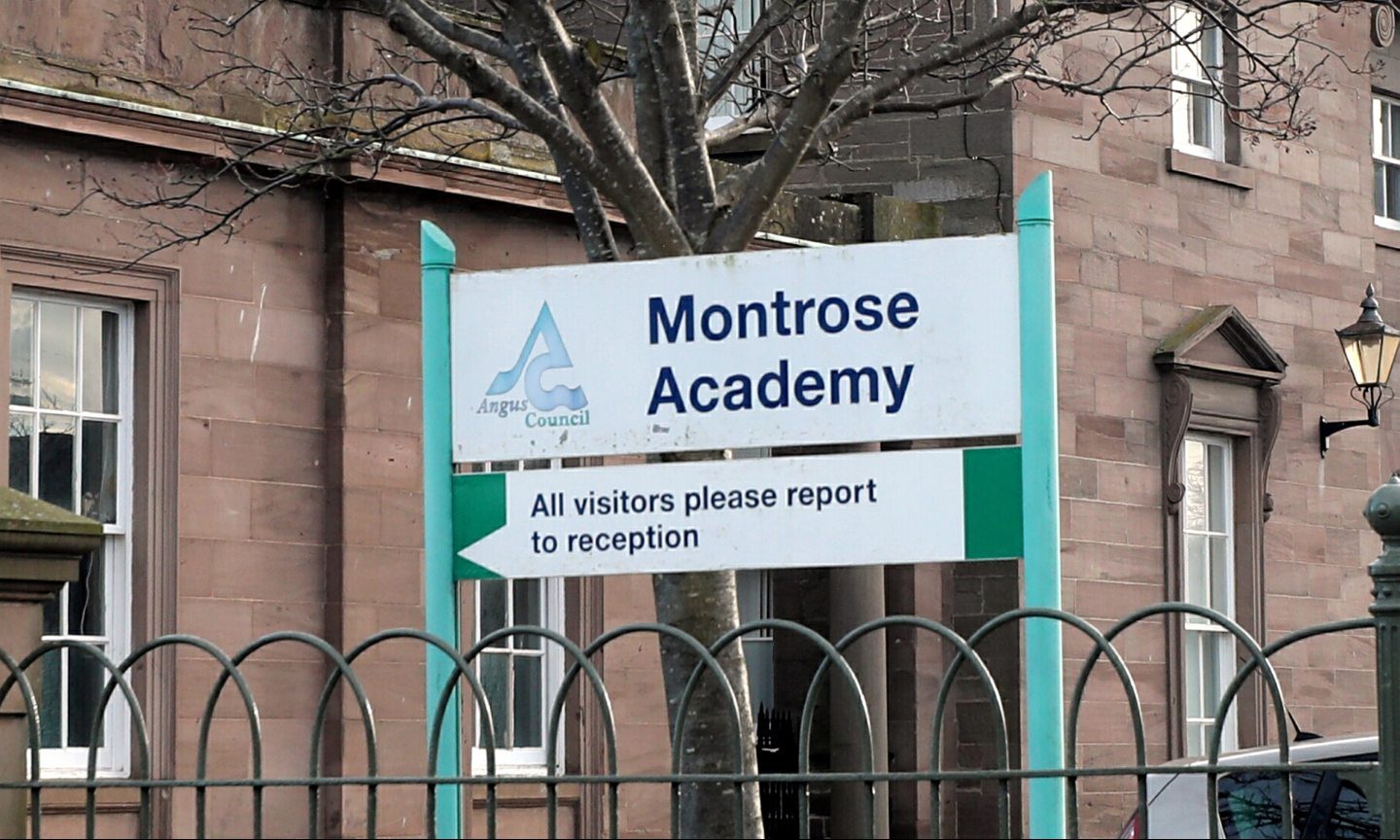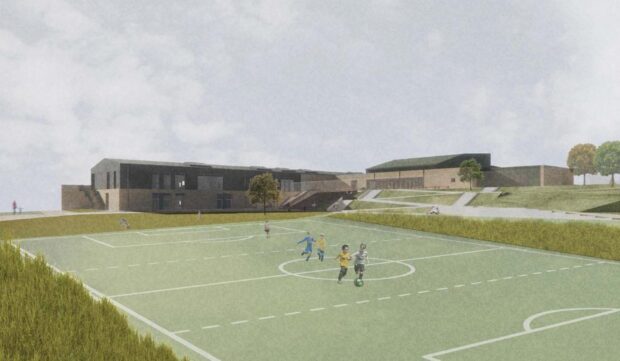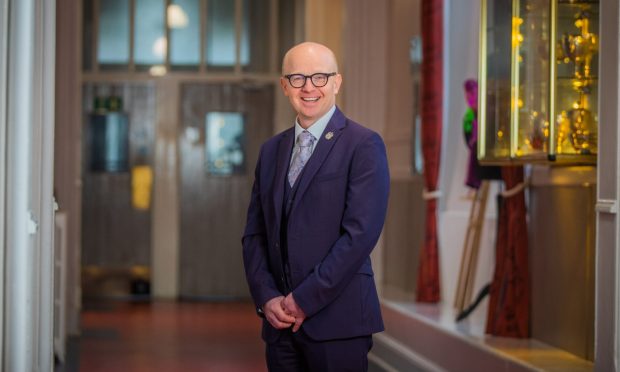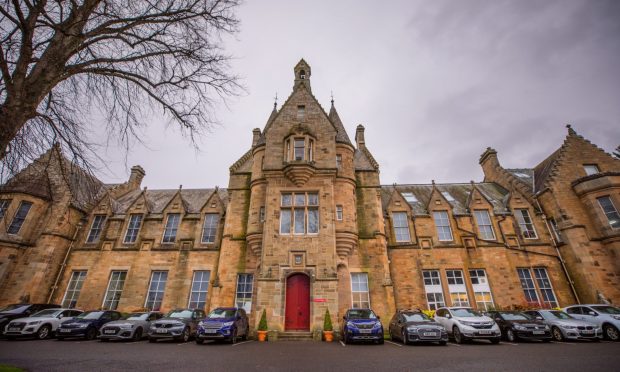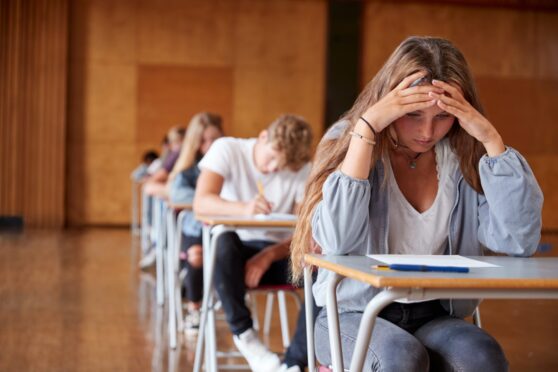Guidance for secondary schools has been issued to help them prepare for the return of S1 to S6 pupils for blended learning.
Youngsters in S1 to S6 will be back in school for some of their education from March 15 before returning full-time after the holidays in April.
They and their teachers will be required to wear face coverings at all times and adhere to the two-metre distancing is rule.
Education Scotland’s guidance suggests that schools consider using additional space, such as gym halls or community centres.
What does the guidance say?
It says that priority for in-school time should be given to those in S4 to S6 working towards national qualifications and those in need of greater support, such as youngsters who may struggle with the transition back to school.
Individual schools, it says, are best placed to determine their own arrangements and explain them to pupils and parents.
First minister Nicola Sturgeon announced the second phase of the school return from March 15 on Tuesday.
In the first phase, P1 to P3 and nursery children returned full-time on February 22, along with a few senior phase pupils for practical coursework.
The third phase will see secondary pupils back in school full-time after the holidays, which in Fife will be on April 12 and in Angus, Dundee and Perth and Kinross April 19.
Main points
Key requirements and recommendations given in the guidance for secondary schools in the second phase are:
- face coverings at all times for staff and young people;
- a greater emphasis should be placed on good ventilation;
- strict two-metre distancing in buildings (which may be relaxed for outdoor activities and learning);
- make best use of buildings and space to allow the distancing, and be clear on routines for exit and entry.
- minimise, wherever possible, the general flow of learners around the school throughout the day;
- consider using other facilities such as gym-halls and community centres.
Education Scotland says schools should plan carefully to make the most effective use of in-school time and that they, with local authorities, are best placed to determine the in-school and remote learning balance.
Schools, it says, will know best how many pupils can be accommodated at one time while adhering to the distancing rule and how to determine timetables.
Communication with parents, carers and pupils from schools should, the guidance says, detail mitigation measures being put in place and how distancing will work.
Provision will be maintained for children of key workers and vulnerable children who have been attending school since the start of term in January.
